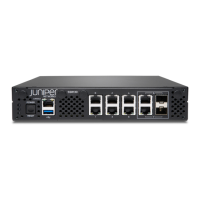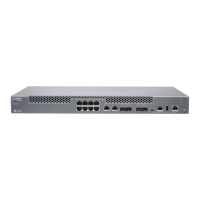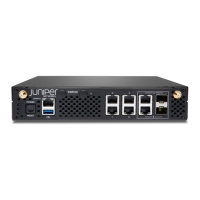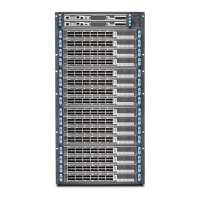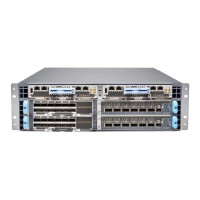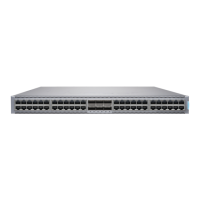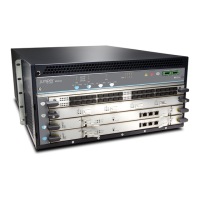See Table 2 on page 18 for signal definitions. See “CTP2000 4WE&M Interface Connector Pinouts” on
page 45 for the connector A and B pinouts.
Table 2: Signal Definitions
Signal DefinitionSignal Name
Audio transmit pair, 600 OhmPort x T, R
Audio receive pair, 600 OhmPort x T1, R1
E lead–outputPort x E
M lead–inputPort x M
Input for signal ground for signaling type IIPort x SG
Output signal battery (–48V) for signaling type II. Note that JP17 must be in
position 1-2.
Port x SB
Signal ground. E and M leads are referenced to this ground for signaling types
I and V. Use JP26 to connect this ground to chassis ground.
GND
Supervisory Signaling
Supervisory signaling is the means by which a telephone user requests a service or initiates a call. The
signaling unit (CTP platform) interacts with the trunk unit (PBX) by means of either two or four leads,
depending on the signaling type. (See Figure 19 on page 19.) The signaling unit controls the E lead, whereas
the trunk side controls the M lead. The two signaling states are on-hook and off-hook. During inactivity
both units are on-hook. See Table 3 on page 20 for a summary of signaling types supported by the CTP2000
4WE&M module.
NOTE: 4WE&M and 4WTO audio paths are always up independent of the signaling state.
18
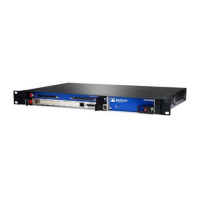
